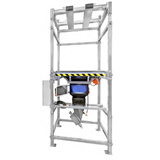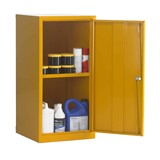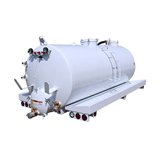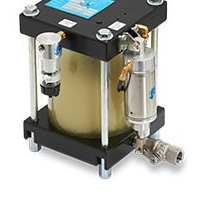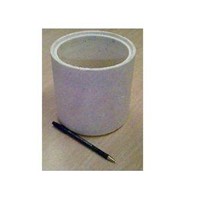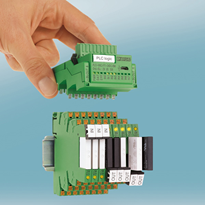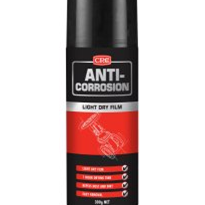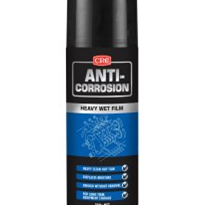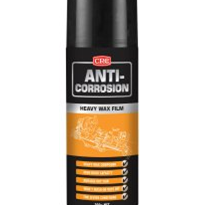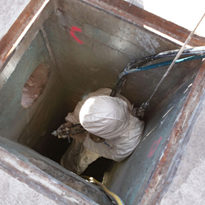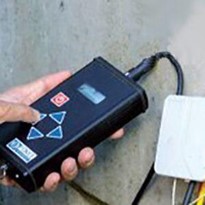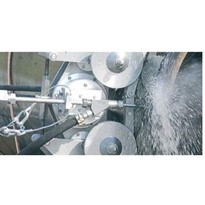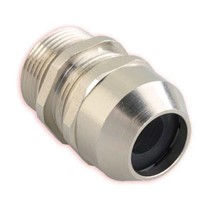For critical infrastructure, like highways, bridges and ports, it is commonplace for cathodic protection (CP) systems to be used to protect key assets from the ongoing threat of corrosion. However, this is not a simple task when those assets are situated in hazardous environments, where sources of ignition could spark a major explosion. Here, David Celine, managing director at cathodic protection specialist Omniflex, discusses the best practice for using CP systems to repair and strengthen concrete in hazardous environments.
Corrosion is a natural, electrochemical process where metals are gradually degraded as part of two simultaneous chemical reactions, an anodic oxidation and a cathodic reduction, with electron transfer between the anodic and cathodic cell through an electrolyte. CP systems are used to control the corrosion by ensuring that the structure you want to protect remains the cathode in any electrochemical reaction.
Today, it is common to see concrete and steel structures that were designed decades ago with a 50-year life expectancy being rehabilitated and having cathodic protection installed to extend their life for a further 50 years. Structures that are key targets for life extension are steel and concrete wharves, ports and bridges.
Traditional CP methods
Traditionally, protecting critical infrastructures using CP systems has been done by following one of two approaches. The first is galvanic CP, a passive technique where a buried or submerged steel structure is connected to a metal alloy with a more negative electrode potential than it, like magnesium, aluminium or zinc. This guarantees that the metal structure is always the cathode of the electrochemical cell, and the metal alloy becomes a sacrificial anode that is consumed by corrosion, rather than damaging the structure.
Galvanic CP installations are not regularly monitored, if at all, on the assumption that the simplicity of the systems will ensure their ongoing performance and protection. But in a world of increasing requirements for performance monitoring and data reporting, strategic assets require constant monitoring. Normally, this involves regular site visits and inspections by experts. These sites are often in remote locations and require in-depth safety assessments to access them, all of which add to the ongoing cost of ensuring protection from corrosion.
The second approach is called impressed current cathodic protection (ICCP). In this method, current is applied from an external source to ensure that the metal structure remains cathodic with respect to its environment. Traditionally, galvanic CP systems haven’t been able to offer significant protection for larger structures so ICCP is normally used in these situations instead.
Both galvanic CP and ICCP rely on the principle of ensuring that the steel remains more negative than its surroundings. If the steel is more negative than its environment by 800 mV, it can be safely assumed that corrosion of the steel is being controlled. However, this is particularly challenging when dealing with structures constructed using pre-stressed concrete.
For pre-stressed concrete, high tensile steel reinforcing rods are put under tension prior to pouring the concrete. Over time, concrete “cancer” can set in on these structures, where the high tensile steel within them rusts and expands, leading to spalling of the concrete structure.
Using CP systems on these structures is problematic because the high tensile steel is prone to hydrogen embrittlement, where the crystalline structure of the steel can be compromised, causing it to lose tensile strength and snap. Therefore, it is vital that the voltage applied to the steel is carefully controlled and doesn’t cause it to be over 1 V more negative than its environment, so that hydrogen evolution does not occur.
Combining galvanic CP and ICCP
UK-based company, Concrete Preservation Technologies recently developed a hybrid anode system that combines the properties of galvanic and ICCP protection. It works by drilling holes in the structure in a matrix and inserting the specially designed anodes directly into the structure. Then the anodes are connected using titanium wire and a voltage is applied to force salt migration from the steel to the anode and passivate the zone. Once the zone is sufficiently charged, the power source is disconnected, and the sacrificial anodes are left to operate galvanically and provide passive CP protection to the structure.
Using this hybrid CP system allows larger structures to take advantage of galvanic protection. However, because the technology is relatively new, there is still some uncertainly about whether it can be used to protect assets from corrosion over a period of 50 years because it hasn’t been field tested over that length of time yet. Remote monitoring technologies can be used to reassure asset managers by monitoring system performance and corrosion levels 24/7 on a permanent basis.
Why remotely monitor CP systems?
Remote monitoring of CP systems offers three key benefits for enterprises and asset owners. Firstly, as regulations evolve, data accessibility and transparency are becoming increasingly important, and cloud-based remote monitoring platforms provide managers with a single, easy-to-access repository for all live and historical CP data. Secondly, it allows all abnormal events, like power outages or system failures, to be identified and reported immediately to relevant personnel, enabling site managers and engineers to take appropriate action without delay.
Finally, ongoing maintenance costs are lower when using remote monitoring technologies to monitor CP systems. This is because there is a reduced need to physically inspect systems in difficult-to-access areas or those in hazardous environments. Furthermore, the duration of any on-site inspections is lessened because preliminary testing can be done remotely before the site visit, reducing the overall cost and minimising disruption.
BLB1 – A customer case study
Throughout the last decade, investigations have been conducted to determine the level of corrosion of the structures at NSW Ports, the Port Authority of New South Wales in Australia. These reports established that chlorine-induced corrosion was setting in on some of the structures. In 2019, NSW Ports embarked on a two-year program of works to rehabilitate the structures and combat corrosion levels at the ports Bulk Liquid Berth 1 (BLB1) which had been operational since 1979.
NSW Ports commissioned Ian Godson, from the Melbourne-based consultancy Infracorr, to design a CP system for use at BLB1, which is situated at Port Botany and houses hazardous gas tanks and pipelines. The project included the repair of defective concrete structures which were suffering from the effects of corrosion and concrete spalling within the approximately 145 pre-stressed beams and headstocks of the various bridges and catwalks at the berth.
The system needed to be designed to allow for tight control of currents and voltages used throughout the site for two key reasons. Firstly, Port Botany is NSW’s main bulk liquid and gas port and BLB1 is a key part of this facility, playing an active role in loading and unloading hazardous liquids and gases. These hazardous materials are present in the environment on an ongoing basis, meaning that any stray sparks caused by excess voltages and currents on site could become an ignition source and cause a major explosion.
Next, because most of the structures present are constructed from pre-stressed concrete, it was extremely important that all electrical currents applied were carefully controlled. As we discussed earlier, to control corrosion in steel it is necessary to make it more negative than its environment by 800 mV. However, if the charge applied results in the steel being more than 1 V negative than its environment, hydrogen embrittlement can occur which leads to failure of the steel and catastrophic failure of the structure with long-term structural damage that isn’t easily repaired.
The system designed by Godson, for use at BLB1, was a hybrid CP system which would use remote monitoring technology to provide asset managers with ongoing reassurance that systems were operating as intended and corrosion levels were under control. To deliver this, Godson engaged Omniflex to advise on the hazardous area and remote monitoring aspects of the design.
Because of the currents required to meet the hazardous area limitations, the hybrid CP system required an initial charge phase of three to four months before the external power source was disconnected and the system left to operate galvanically. The system is made up of nearly 35,000 embedded hybrid anodes that were installed within the structures at the berth and designed to control corrosion for 50 years. Because of the ongoing operational nature of the berth, extra controls were put in place to manage activities across the site while works took place.
Because this was the first large scale implementation of hybrid CP used within a working hazardous area anywhere in the world, some of the components required certification for the design to meet the requirements of the Australian Standard AS60079 as an intrinsically safe certified system. Most countries have their own certification process so it can be a costly and complex logistical operation to get installations like this one certified as being intrinsically safe.
In this case, the hybrid anodes were supplied by CP Technologies, a UK-based supplier, while Omniflex’s technology is manufactured in South Africa and the project is in Australia. This made navigating the different certifying bodies a challenging prospect. Significantly, the system components were certified by IECEx and the design was approved as being intrinsically safe for use in areas classified as Zone 1 hazardous for gas group IIB in the BLB1 project, where there is the potential for exposure to volatile, flammable substances. This allowed both the impressed current (charging) phase and galvanic phase of the hybrid CP system to be performed while the berth is fully operational as a hazardous area.
System performance and corrosion levels are continuously monitored 24/7 using 24 intrinsically safe remote monitoring units (RMUs) that are situated across the BLB1 site, each with the capacity to monitor 16 structures and perform instant off and depolarisation testing from outside of the hazardous area. Crucially, this project ensures that the integrity of BLB1 is maintained and the berth remains reliable and available to handle NSW’s growing bulk liquid trade volumes for the next 50 years.
To learn more about implementing cathodic protection in hazardous environments, visit www.omniflex.com or call Omniflex on +44 (0) 161 491 4144.



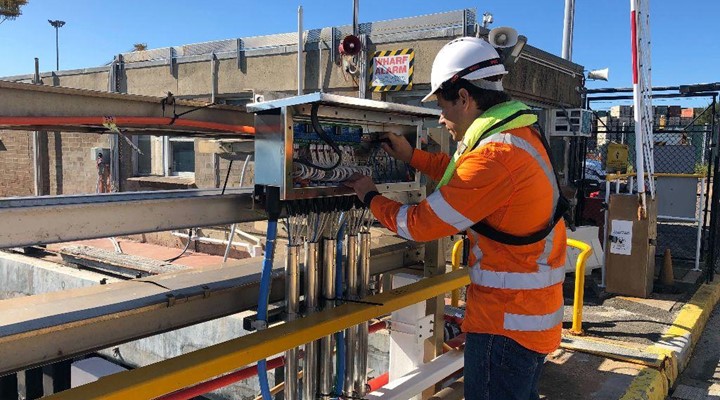
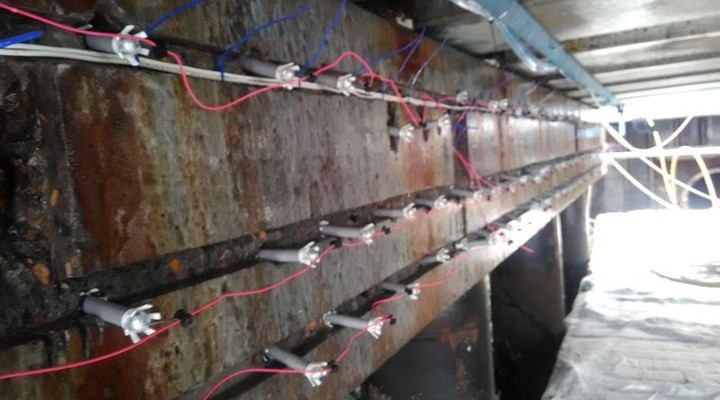
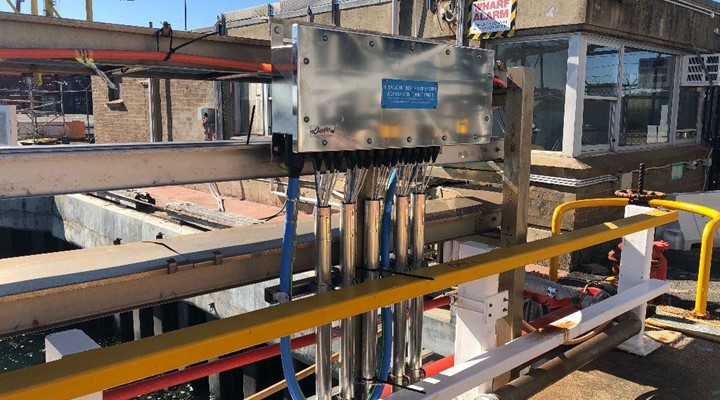


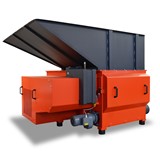
-160x160-state_article-rel-cat.png)
-160x160-state_article-rel-cat.png)
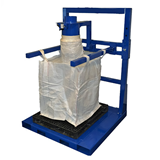
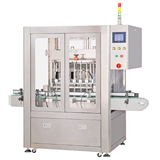







-160x160-state_article-rel-cat.png)





